Cool Groove #7: "Ain't It Funky Now"
"Ain't It Funky Now" by James Brown. Album: Love Power Peace (Live at the Olympia, Paris) (1971)
It’s no great secret that James Brown, “The Hardest Working Man in Show Business,” was an electrifying live performer. He sold millions of records, of course, but he built his reputation via outrageously intense concerts, during which he distributed more energy than your average quasar.
When he died in 2006, a press release said Brown succumbed to congestive heart failure. But I’m not buying that. It had to have been his stage act.
Brown’s appearance in the 1964 concert film, The T.A.M.I. Show, in which he lays waste to the young Rolling Stones, whose manager very unwisely insisted that the Stones would follow Brown onstage to close the multi-act gathering, is the most incendiary piece of footage in the history of soul, rock & roll, jazz, disco, rap, roots reggae, Frank Sinatra specials brought to you by Timex, Slovenian polkas, Baby Bach videotapes, or any other type of music you could possibly name.
I didn’t intend to focus too much on The T.A.M.I. Show with this piece, but you know what they say— if you bring a gun onstage, you have to fire it. So, now that I’ve gone and mentioned it, here’s James Brown & the Famous Flames unleashing a full-scale nuclear explosion while Mick Jagger undoubtedly stands offstage, totally gobsmacked.
Don’t be tricked by the first five or so minutes here, which are great but are really just the lighting of the fuse. Brown teasingly builds the tension step by step until he passes through an elaborately choreographed nervous breakdown and starts dancing like he’s been plugged directly into an electrical socket.
Those of you with heart conditions may want to grab your nitroglycerine tablets.
So, yeah— James Brown and his various bands over the years could bring it. And they didn’t get that way by sitting around reading Golf Digest.
Brown was what is usually referred to as a “thorough taskmaster,” which is another way of saying he rehearsed his musicians and backup vocalists—who also, you may have noted, danced a bit—until they collapsed.
Brown paid his groups bottom dollar, as opposed to top dollar, and was so insistent on a tight performance he would actually shimmy over and fine guys onstage if they happened to miss a beat! He’d flash his fingers at them right in the middle of a song to convey that they were about to lose twenty, fifty, or however many bills he thought they deserved to part with for sleeping on the job!
This was a rather demeaning way to treat some of the greatest musicians in America, and band members, if not entire bands, would often walk out on Brown when they’d finally had enough.
It wasn’t very hard for players of this caliber to join another group and make something approaching a decent living. They might not have been playing with James Brown anymore, but at least they got to perform with artists who didn’t treat them like immaculately dressed dishwashers.
There was one time, though, when Brown hadn’t rehearsed a group half to death before hitting the stage, and he briefly landed a pair of Cincinnati brothers who raised his music to an even higher level in the process.
And I don’t mean “brothers” in the Black unity sense of the word. These two shared the same mother.
Even casual funk fans know bass player Bootsy Collins. But most of them have no clue that Bootsy often performed with his guitar-playing brother, Catfish (Bootsy rather uncharitably thought he looked like a fish), or that they scored their big break together with none other than James Brown.
Make no mistake, these two were equally gifted musicians. Even though he had the more fertile career, I honestly think one of the reasons Bootsy’s talent so overshadows his brother’s in the annals of funk is because Bootsy dressed, and still does dress, like an extra-flashy Marvel superhero. You could spot him in the stands at the Ohio State-Michigan football game without even trying.
Catfish, on the other hand, knew how to dress for success but had the bad luck of knowing when to quit. If you saw him coming down the street, you’d definitely admire his sartorial flair, but you wouldn’t run home to tell your family about him like you’d just seen an absurdly hip Martian.
But I digress...
Bootsy gained fame by thumping and plucking the shit out of his bass through a variety of effects boxes for George Clinton’s P-Funk collective, then recorded successful solo albums and formed several top-notch bands of his own. Catfish also played with Parliament—that’s him getting down on their hit single, “Flashlight”—and Bootsy’s Rubber Band, among others.
Catfish, who sadly passed away in 2010, was one of funk’s premier rhythm guitarists. He could play like a wild man, with towering examples of his aptitude being found on arguably the greatest live funk album ever recorded, James Brown’s Love Power Peace (Live at the Olympia, Paris, 1971). Bootsy plays on it, too, with equal abandon.
We’ll get to “Ain’t It Funky Now,” a crazy hot Catfish-powered track from Love Peace Power, in a minute. But first, let’s have Bootsy explain, via this nifty little piece of animation, how he, Catfish, and the rest of their little-known band, The Pacemakers, came to be recruited by Brown, who then rechristened them the J.B.’s.
That was the baptism by fire for the J.B.’s, who were later to be known by connoisseurs as “the original J.B.’s,” for reasons that will become clear in a moment.
But I bet you can guess the reasons.
Bootsy later said that Brown would drill him and his buddies in grueling rehearsals just like he did every other band he ever led, then loudly gripe and belittle their efforts after each and every show.
Nothing was good enough for Brother James. But Bootsy, for one, appreciated the tough love, saying that he never had a father figure to look up to, and Brown’s badgering forced him to push his playing to a higher level.
Nevertheless, Bootsy and the rest of the gang called it quits a mere eleven months after they joined Brown. It soon became apparent that the Godfather of Soul was not paying them a high enough wage for their considerable efforts, and he had no intention whatsoever of correcting this oversight.
So they hopped a plane and flew back to Cincinnati.
Before that happened, though, the original J.B.’s recorded one of Brown’s hardest-driving studio albums, Funk Power 1970 - A Brand New Thang, which you definitely need to hear, as well as the Paris Olympia show.
So here it is— James Brown with “Ain’t It Funky Now,” featuring Catfish Collins on smokin’ guitar, Bootsy Collins on smokin’ bass, and Fred Wesley (who had returned to the fold after quitting Brown before the Pacemakers ever got there) on smokin’ trombone.
That’s just insane.
As much as I can enjoy a great Funkadelic album, George Clinton’s space-aqua-boogie-spanking-of-war-babies acid trip full of chipmunk voices and rambling spoken-word interludes can frankly get a little exasperating after a while. I vastly prefer James Brown’s meat and potatoes approach to funk. Once his bands hit that groove, which happens roughly one note after they start playing, your mind does not wander.
The band members’ minds don’t wander, either, partly, I’m sure, for fear of getting fined. I guess that works if you have a big enough ego and don’t mind having to gather a new group of musicians every few months then drive them until they plotz.
In closing, here’s James Brown to teach you some dance moves, or to at least show them to you. He doesn’t really seem to be “teaching” anything and doesn’t have time to berate you for hours while you try to catch up.
In a word, that’s baaaaaaaad. That is BAD!!




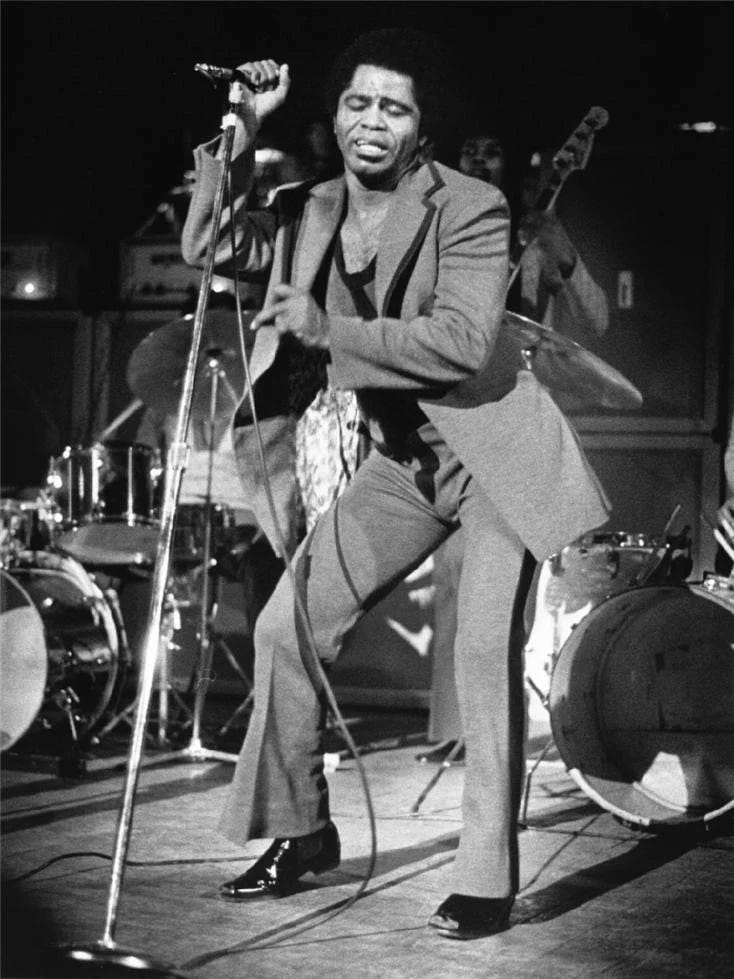
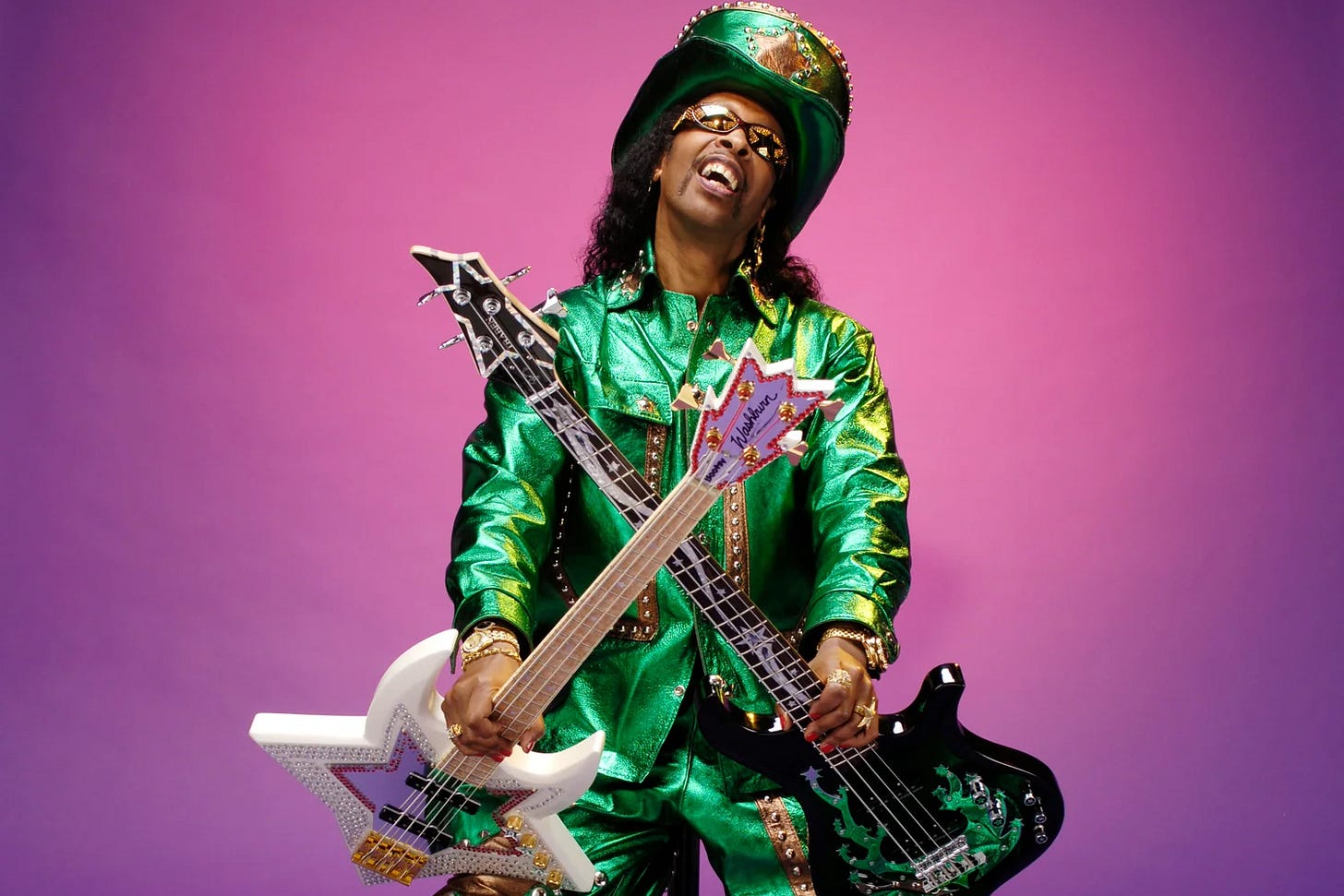
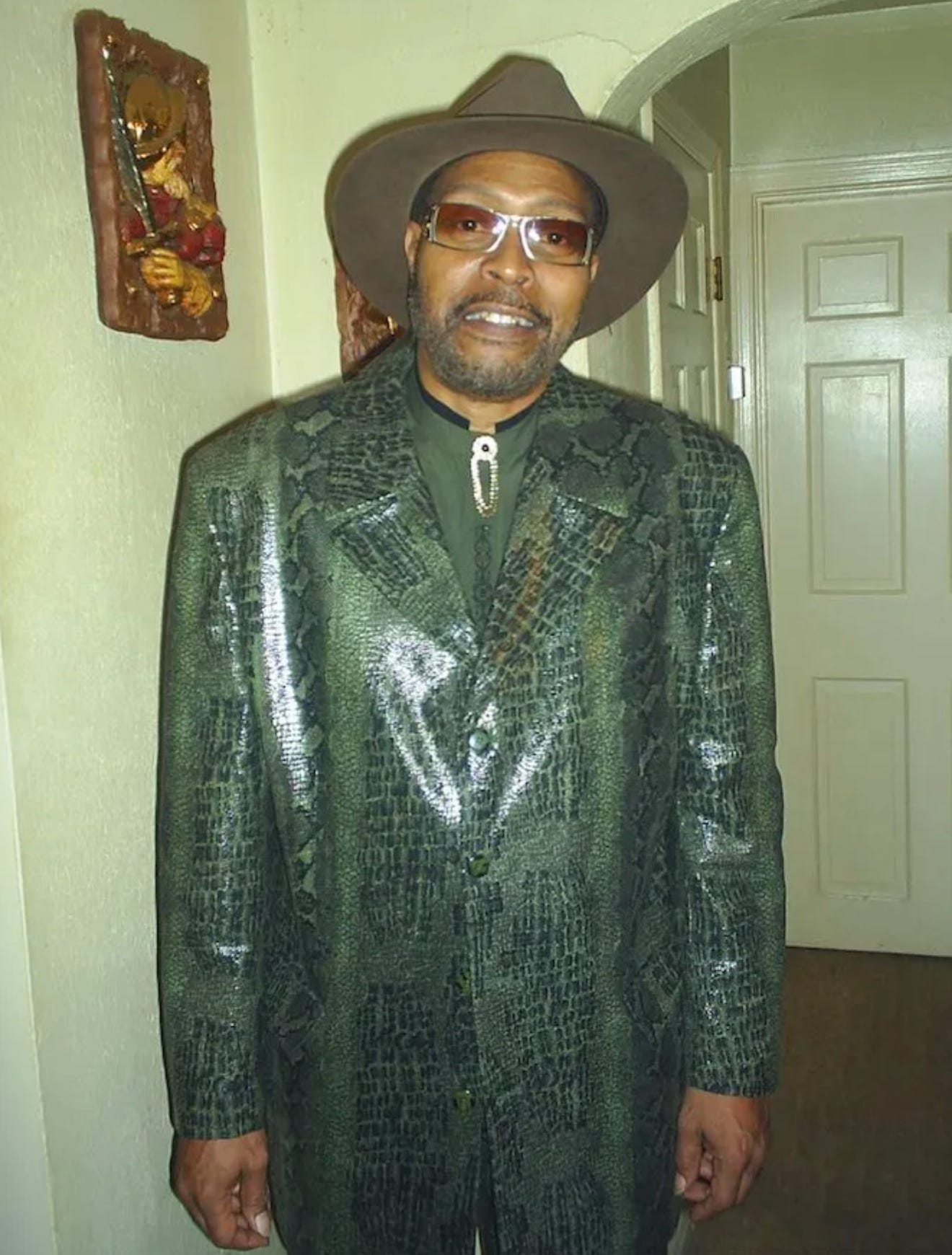
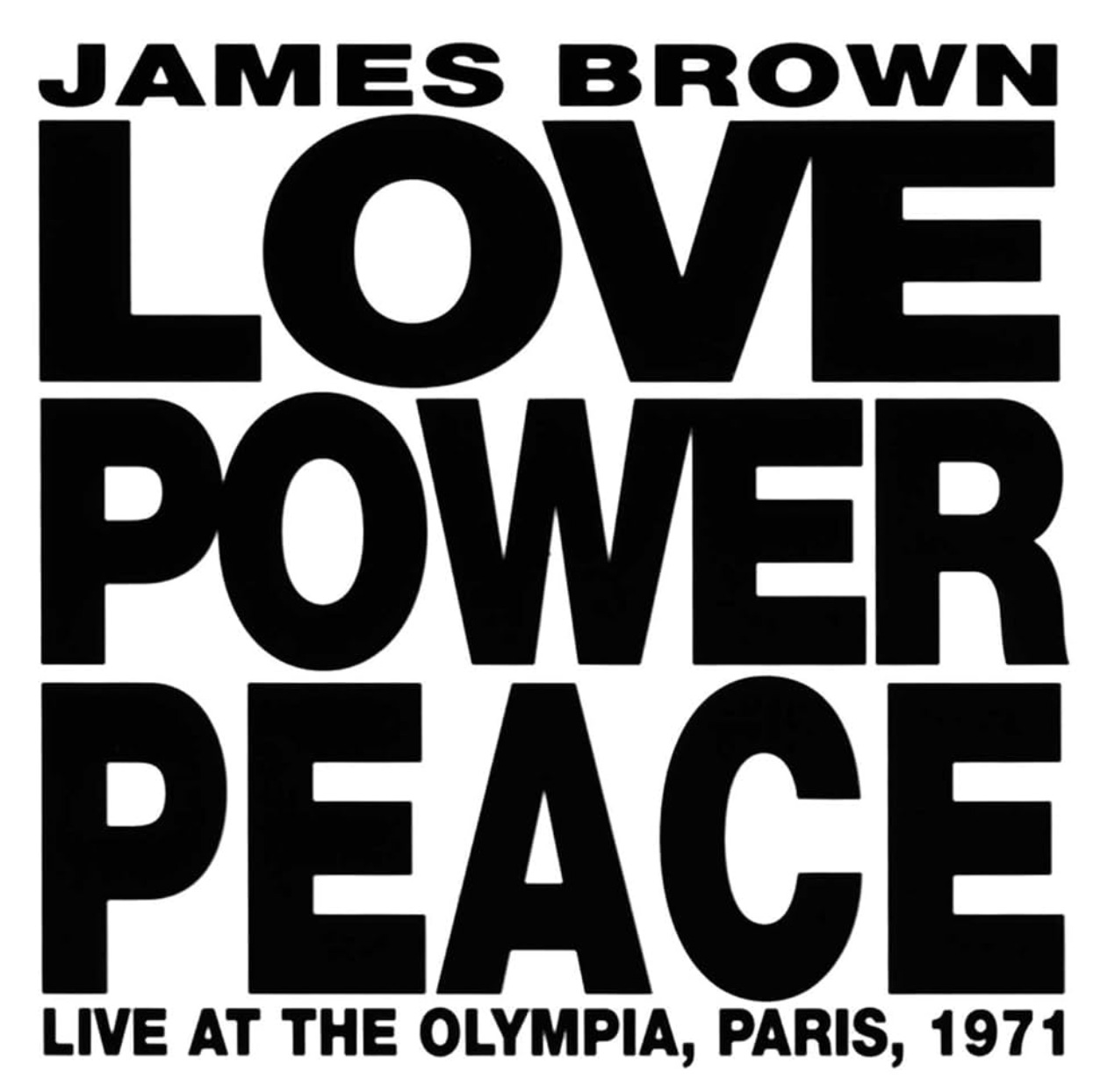
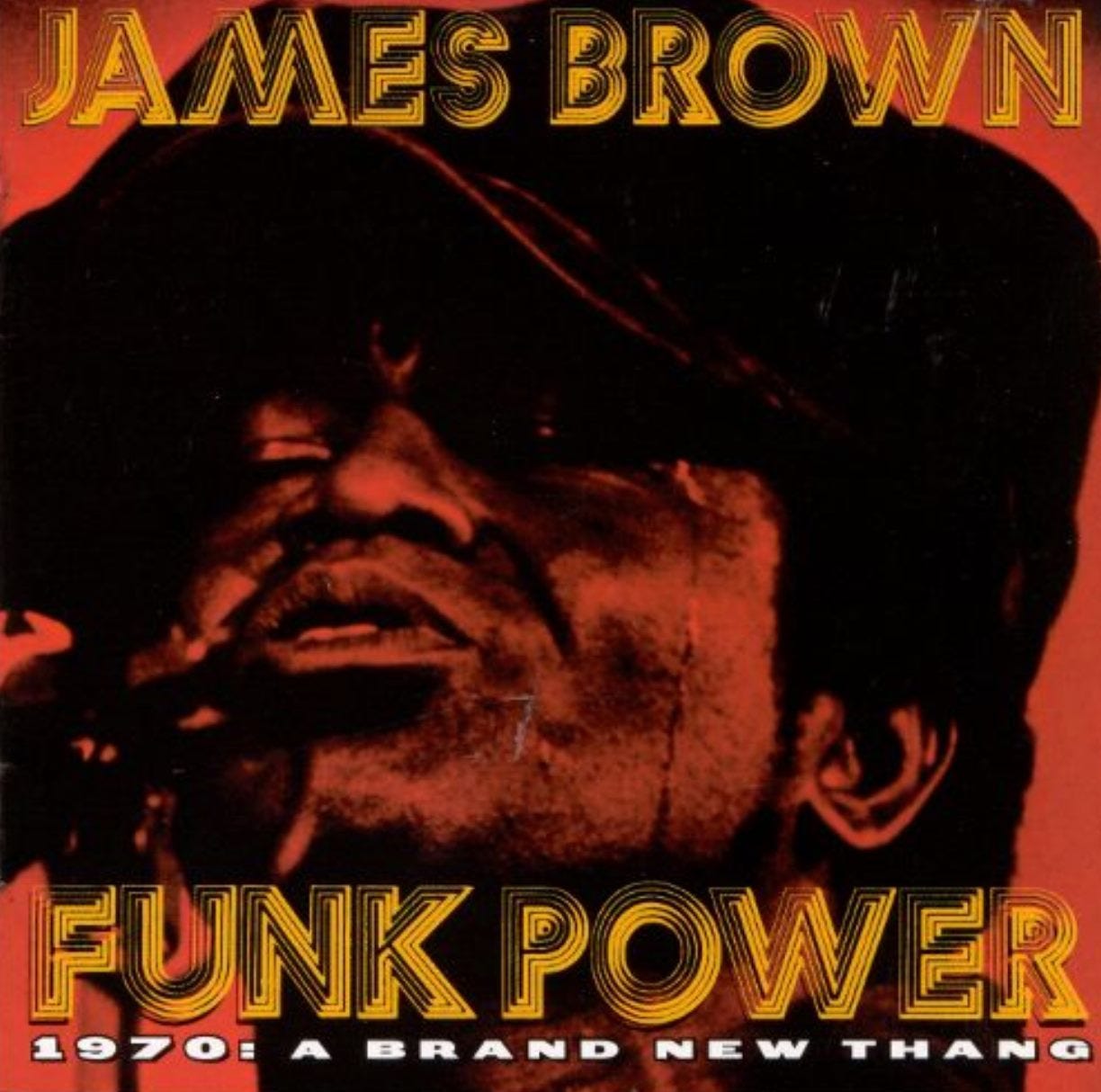
Michael Jackson and Prince should have given James Brown a percentage of the gate for every concert they ever played.
I saw James Brown at the Apollo Theater with my high school band in 1966. Driving in fron the suburbs, we were the only white kids, or white people, in the audience. It was super friendly, and I'd never seen anything quite like what I saw that night. Our manager insisted we see some real show business. That was James!